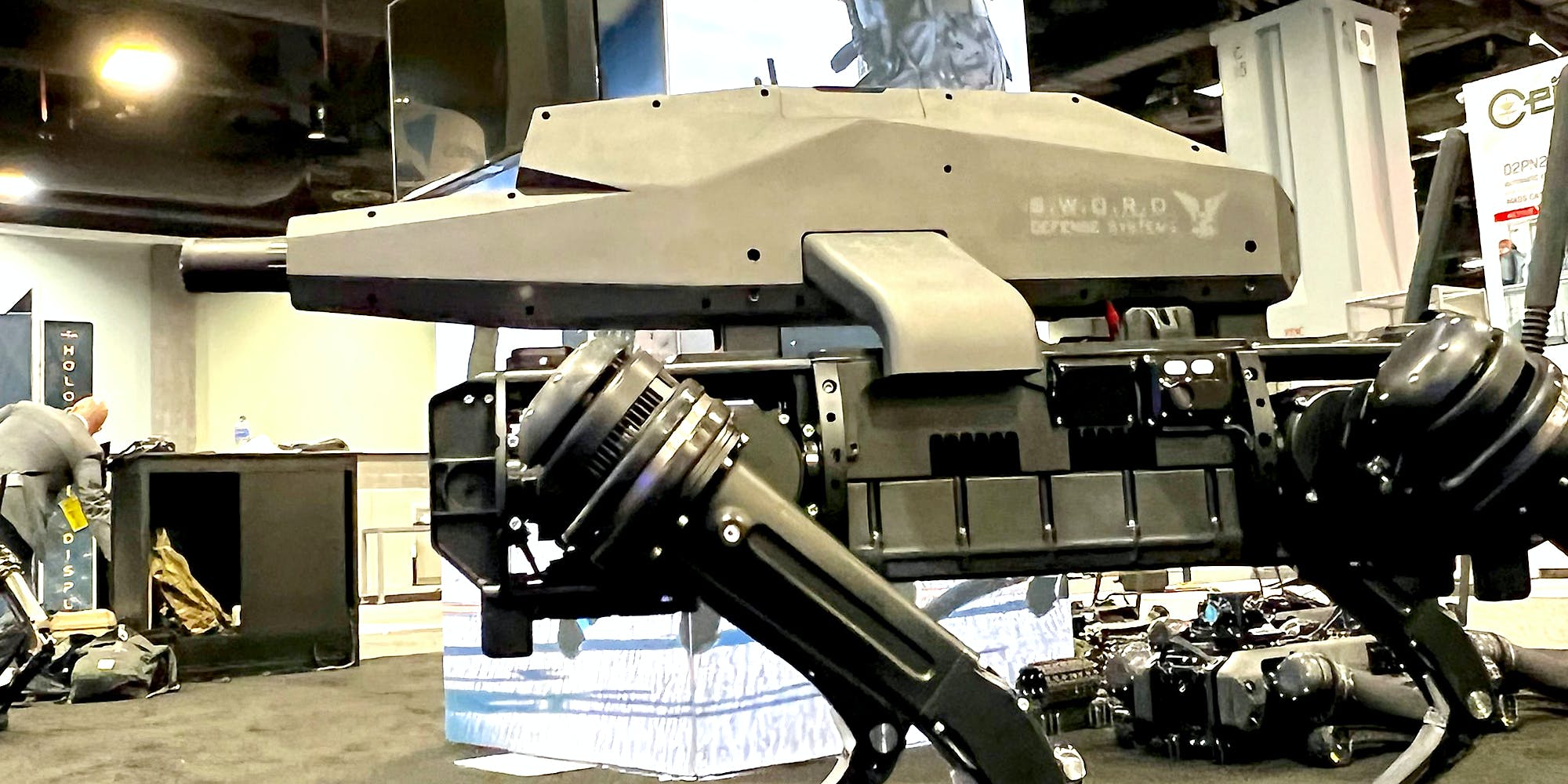Imagine a robotic companion bounding across the lunar surface, its four legs gracefully navigating craters and slopes. This isn’t science fiction; it’s NASA’s latest project. The space agency is training a robot dog, nicknamed Spirit, to explore the Moon.
This isn’t your average household pet though. Spirit is a quadruped robot designed with the harsh lunar environment in mind. Unlike rovers with wheels, which can struggle on uneven terrain, Spirit’s adaptable legs offer greater mobility.
The project, called Legged Autonomous Surface Science in Analog Environments (LASSIE), is training Spirit to traverse challenging landscapes on Earth in preparation for the Moon. Researchers recently tested the robot dog at the snowy and rocky slopes of Mount Hood in Oregon.
Here’s what makes Spirit truly innovative: it’s designed to learn and adapt. The robot uses sensors to analyze the ground conditions and adjust its movements accordingly. This real-time adaptability is crucial for navigating the Moon’s unpredictable terrain.
But Spirit won’t be a lone wolf on the lunar surface. The project envisions multiple robots working together. Imagine a pack of robotic dogs, sharing information about hazards and collectively building a map of safe paths. This collaborative approach would revolutionize lunar exploration.
This project is a testament to NASA’s commitment to pushing the boundaries of space exploration. With a little help from robot dogs like Spirit, the Moon may soon become more accessible than ever before.



